“Dr. Seuss – Theodor Geisel World War II Political Cartoons” has been added to your cart. View cart
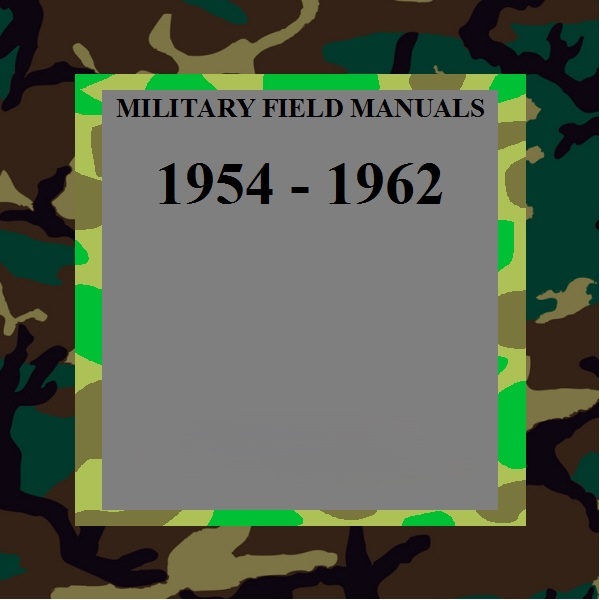
Description
The US Military Field Manuals (1954-1962)
1954 – 1962: Publication of Military Field & Technical Manuals
- General Scope: This period marks the primary publication timeframe for the 143 military field manuals. These manuals cover a vast array of military topics, from individual soldier skills to large unit operations and logistical support. A significant characteristic of this era’s manuals is the increased focus on nuclear issues, reflecting the contemporary geopolitical landscape.
- Key Manual Topics Introduced:Small Arms Maintenance: Manuals like “TM 9-1005-206-12 Operation and Organizational Maintenance Caliber .22 Rifle M13, Remington Rifle M513T, Stevens Rifle M416-2T, and Winchester Rifle M75T” provide detailed instructions for maintaining specific rifle models.
- Infantry Tactics: “FM 7-10 Rifle Company Infantry and Airborne Division Battle Group” and “FM 7-40 Infantry and Airborne Division Battle Groups” outline the tactical employment and preparation for combat of infantry and airborne battle groups.
- Field Artillery: “FM 6-20 Field Artillery Tactics and Techniques” covers organization, command, tactical control, fire planning, and coordination of field artillery. Other artillery-focused manuals include “FM 6-20-1 Field Artillery Tactics,” “FM 6-40 Field Artillery Gunnery,” and “FM 6-77 105-mm Howitzer M52 Self-Propelled.”
- Tank Operations & Gunnery: “FM 17-12 Tank Gunnery” details principles, methods, techniques, and training for tank gunnery, applicable to all standard tanks. Related manuals include “FM 17-1 Armor Operations Small Units,” “FM 17-15 Tank Units Platoon, Company and Battalion,” and “FM 17-33 Tank Units Platoon, Company and Battalion.”
- Field Fortifications: “FM 5-15 Field Fortifications” provides guidance on using fortifications and obstacles for protection.
- Medical Services: “FM 8-5 Medical Service Units Theater of Operations” and “FM 8-10 Medical Service Theater of Operations” describe the organization and functions of Army Medical Service units in a theater of operations. “FM 8-35 Transportation of the Sick and Wounded” focuses on casualty transportation methods.
- Ordnance and Logistics: “FM 9-65 Armored Ordnance Battalion” outlines the operation and mission accomplishment for these units. “FM 9-2 Ordnance Corps Logistical Data” and “FM 9-5 Ordnance Service in the Field” cover broader ordnance logistics.
- Graves Registration: “FM 10-63 Handling of Deceased Personnel in Theaters of Operations” provides technical assistance for search, recovery, identification, and burial of deceased personnel.
- Military Police: “FM 19-5 The Military Policeman” furnishes basic information on MP duties, authority, responsibilities, crime prevention, traffic control, handling enemy personnel, and physical security. “FM 19-15 Civil Disturbances and Disasters” and “FM 19-60 Confinement of Military Prisoners” cover specific MP operational scenarios.
- First Aid: “FM 21-11 First Aid for Soldiers” provides basic first aid care for soldiers before medical personnel arrive.
- Army Aviation: “FM 1-100 Army Aviation” and “FM 1-5 Army Aviation Organizations and Employment” cover general aviation topics.
- Camouflage: “FM 5-20 Camouflage Basic Principles and Field Camouflage,” “FM 5-21 Camouflage of Fixed Installations,” and “FM 5-22 Camouflage Materials” provide details on concealment.
- Engineer Operations: Manuals like “FM 5-30 Engineer Intelligence,” “FM 5-36 Route Reconnaissance and Classification,” “FM 5-132 Infantry Division Engineer Battalion,” and “FM 5-134 Armored Division Engineer Battalion” cover engineering aspects.
- Signal Communication: “FM 11-8 Field Radio Relay Techniques,” “FM 11-10 The Signal Battalion Infantry Division,” “FM 11-11 The Signal Battalion Armored Division,” and “FM 11-21 Tactical Signal Communication Systems Army, Corps and Division” detail communication methods.
- Military Training and Leadership: “FM 21-5 Military Training,” “FM 21-6 Techniques of Military Instruction,” “FM 21-20 Physical Training,” “FM 21-26 Map Reading,” “FM 22-5 Drill and Ceremonies,” “FM 22-100 Military Leadership,” and “FM 23-71 Rifle Marksmanship Course Trainfire I” provide training guidelines.
- Legal and Ethical Considerations: “FM 27-10 The Law of Land Warfare” covers legal aspects of military operations. “FM 16-100 Character Guidance Manual” addresses ethical considerations.
- Aggressor Forces: “FM 30-101 Aggressor The Maneuver Enemy” and “FM 30-102 Handbook on Aggressor Military Forces” describe simulated enemy forces for training.
- Civil Affairs: “FM 41-5 Joint Manual of Civil Affairs-Military Government” and “FM 41-10 Civil Affairs Military Government Operations” cover civil affairs and military government roles.
- Extreme Cold Weather Operations: “TM 9-207 Operation and Maintenance of Ordnance Materiel in Extreme Cold Weather 0 ° TO -65° F” addresses specific environmental challenges.
Cast of Characters
The provided sources are a list of military field and technical manuals. As such, they do not mention specific individuals or historical figures. The “characters” in this context are the roles and units within the military structure that these manuals are designed for and address.
Here is a “cast of characters” representing the principal roles and entities mentioned in the manuals, along with their brief “bios” as described or implied by the source:
- Soldier (Generic): The fundamental “character” for whom many manuals are written. Expected to apply first aid (“FM 21-11”), understand basic military duties (“FM 19-5”), and participate in various training (“FM 21-5”, “FM 21-20”, “FM 23-71”).
- Rifleman/Infantryman: A primary combat role, specifically trained in the operation and maintenance of various rifles (“TM 9-1005-206-12”, “FM 23-8 U.S. Rifle 7.62-mm M14”) and employed within rifle companies and battle groups (“FM 7-10”, “FM 7-40”).
- Field Artillery Officer/Commander/Staff: Responsible for the tactical employment, organization, command, and control of field artillery, including target intelligence, fire planning, and coordination of fire support (“FM 6-20”, “FM 6-20-1”, “FM 6-40”, “FM 6-140”).
- Tank Crew/Tank Commander: Operates and employs tanks, trained in tank gunnery principles, fire control, and various combat maneuvers (“FM 17-12”, “FM 17-1”, “FM 17-15”, “FM 17-33”).
- Battle Group Commanders and Staffs (Infantry and Airborne Divisions): Leaders responsible for preparing their commands for and employing them in combat, guided by manuals covering battle group operations (“FM 7-40”).
- Subordinate Unit Leaders (Battle Group): Individuals within battle groups responsible for leading smaller units in combat operations (“FM 7-40”).
- Commanders of Supporting Units: Leaders of units that provide support to battle groups, whose duties include making recommendations for battle group employment (“FM 7-40”).
- Staff Officers of Higher Headquarters: Officers at echelons above the battle group, who may make recommendations regarding battle group employment (“FM 7-40”).
- Personnel Assigned to Armored Ordnance Battalion: Individuals responsible for the organization, mission, employment, operations, training, and logistics within an armored ordnance battalion (“FM 9-65”).
- Personnel Concerned with Graves Registration Activities (Army, Navy, Marine Corps, Air Force): Individuals involved in searching, recovering, evacuating, identifying, burying deceased personnel, and preparing related reports and records during military operations (“FM 10-63”).
- Military Policeman (MP): A soldier whose duties include law enforcement, crime prevention, apprehension, traffic control, assisting criminal investigators, handling enemy personnel, displaced persons, refugees, and physical security (“FM 19-5”, “FM 19-15”, “FM 19-60”).
- Commissioned and Noncommissioned Officers (MP): Leaders responsible for the training, employment, and supervision of military policemen (“FM 19-5”).
- Medical Service Units/Elements: Organized entities within the Army Medical Service, providing medical support, including administration, training, and transportation of the sick and wounded in theaters of operations (“FM 8-5”, “FM 8-10”, “FM 8-35”).
- Logistical Command: An overarching entity responsible for logistical support and supply management (“FM 54-1”, “FM 38-1”).
- Support Command (Division Logistics): A command focused on providing logistical support to divisions (“FM 54-2”).
- Engineer Personnel: Individuals involved in engineer intelligence, route reconnaissance, and the operation of engineer battalions within infantry and armored divisions (“FM 5-30”, “FM 5-36”, “FM 5-132”, “FM 5-134”).
- Chaplain: A military spiritual leader, as indicated by “FM 16-5 The Chaplain.”
- Aggressor (Maneuver Enemy): A conceptual “character” or force designed to simulate an enemy for training exercises, with specific military forces and even a simulated language (“FM 30-101 Aggressor The Maneuver Enemy”, “FM 30-101A Aggressor the Maneuver Enemy Esperanto Language”, “FM 30-102 Handbook on Aggressor Military Forces”).
- Sick and Wounded Personnel: Individuals requiring transport and first aid care during military operations (“FM 8-35”, “FM 21-11”).
- Deceased Personnel: Individuals whose remains need to be handled, identified, and buried according to military procedures (“FM 10-63”).
- Enemy Personnel, Displaced Persons, and Refugees: Groups of people encountered by military forces, particularly military police, requiring specific handling procedures (“FM 19-5”).
Related products
-
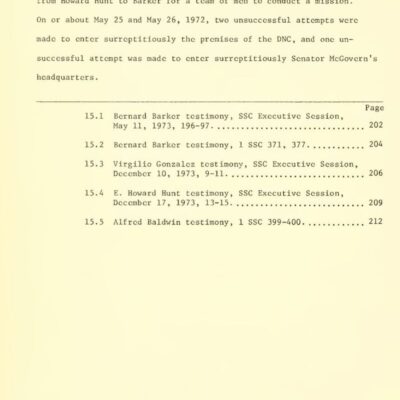
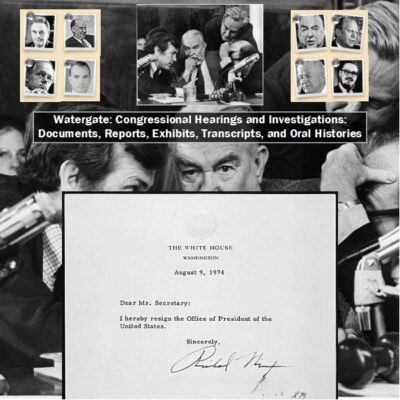
Watergate: Congressional hearings, reports, exhibits, and transcripts
$19.50 Add to Cart -
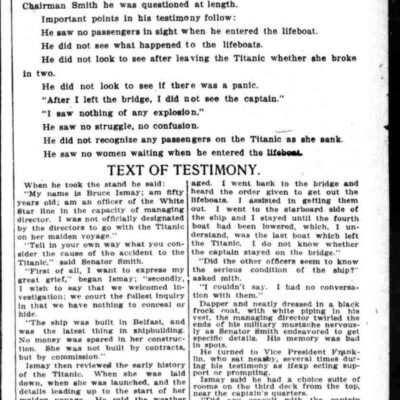
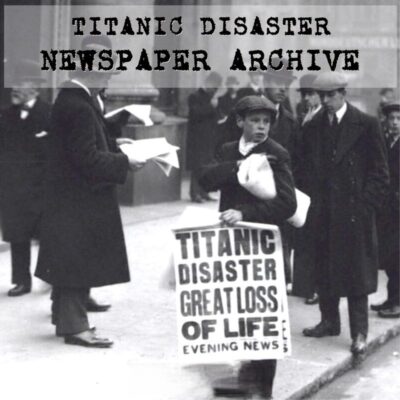
Titanic Disaster: Newspaper Articles (1912-1922)
$19.90 Add to Cart -
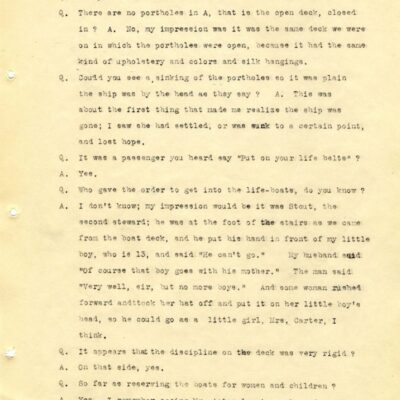
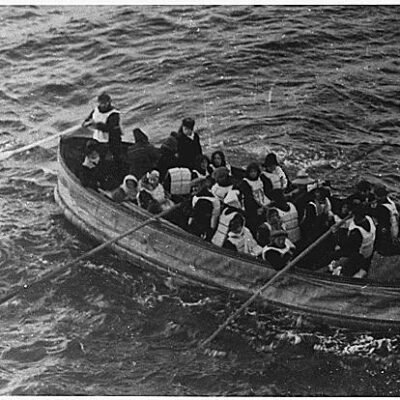
Titanic Disaster: White Star Line and Passenger Legal Documents
$19.90 Add to Cart -
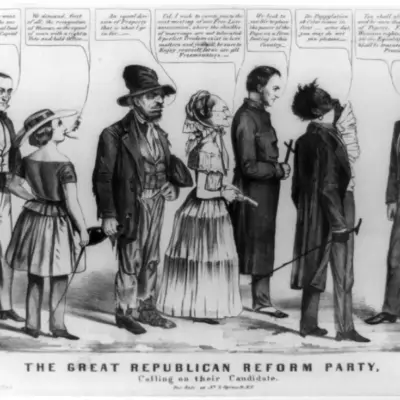
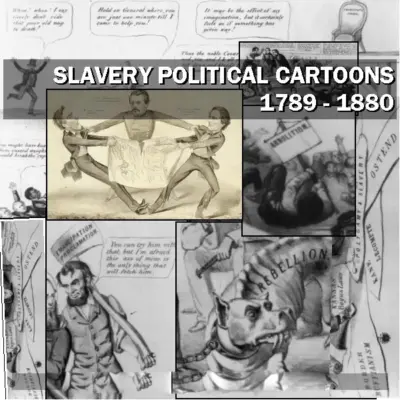
Slavery Political Cartoons: Cartoon Slavery 1789 – 1880
$19.50 Add to Cart